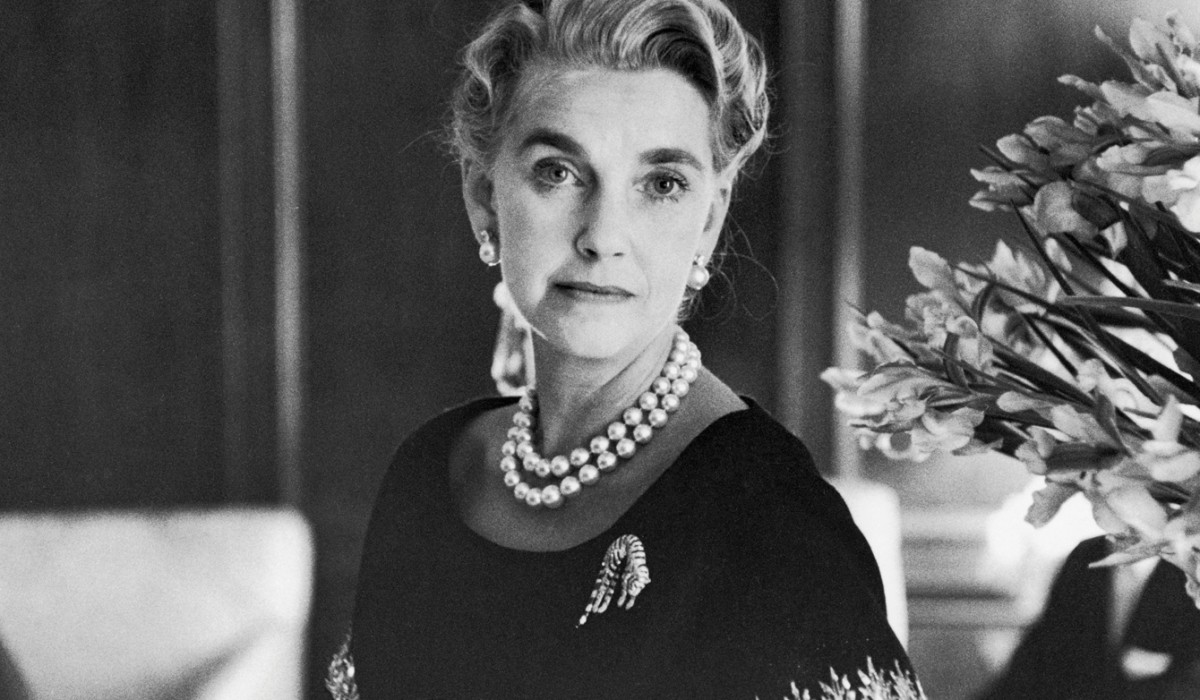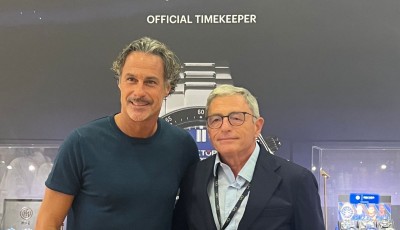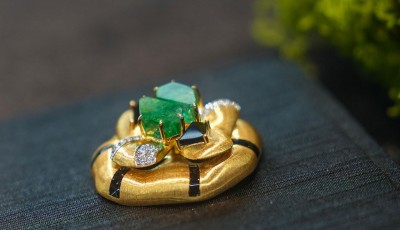The woman of jade.
Barbara Hutton, heiress to the Woolworth fortune, captivated America during the tumultuous years thanks to her style and her unexpected knowledge of precious stones.
Barbara Hutton Woolworth was born in New York in 1912; daughter of Edna and Franklin Hutton and granddaughter of Frank Winfield Woolworth founder of the famous chain of stores bearing the same name.Due to the untimely death of her mother, at the tender age of four, Barbara Hutton found herself torn between relatives constantly changing house; her father taking care of her only economically. On the death of her grandparents, in the prime of her adolescence,
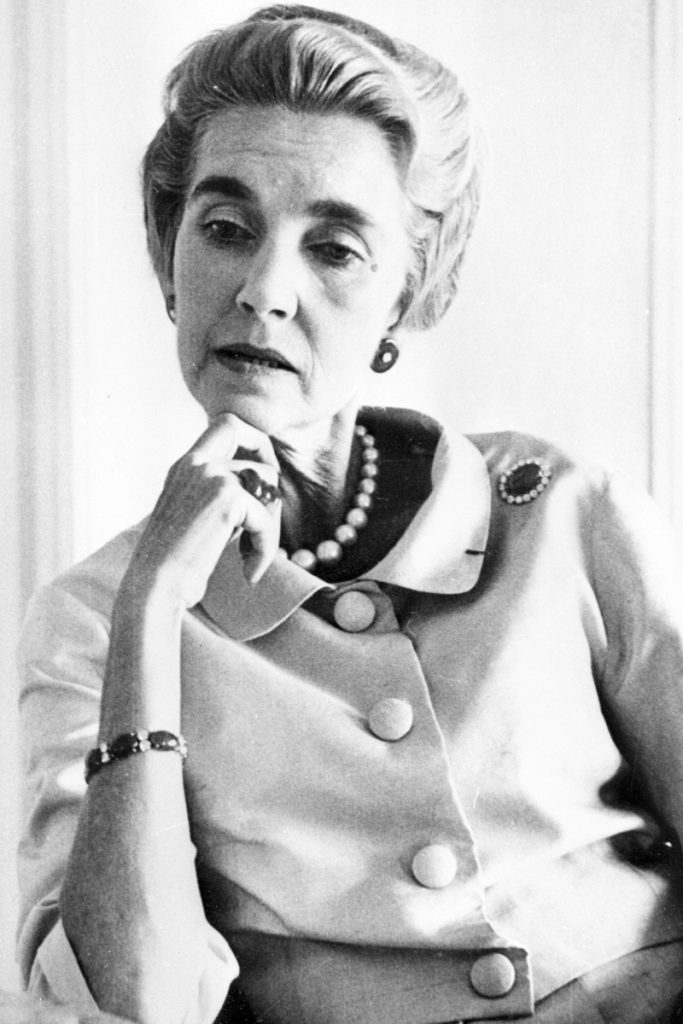 Barbara Hutton
Barbara Hutton
Hutton became the sole heiress of the family fortune allowing her to live a privileged life elapsing between parties, trips and glitz, from one marriage to another, arriving at a grand total of seven. Her debut in society occurred in 1930, the year that marked the beginning of the American depression, at a cost of 60 thousand dollars, an astronomical sum at the time. From a young age, Hutton fed and manifested her passion for gemstones, especially for jade and all its varieties, passed on to her by the owner of the Grump boutique of San Francisco who specialized in oriental objects.
Most of her jewelry collections were of an ornamental nature but among them stand out real treasures including a ring with cabochon cut jade, and a wonderful bracelet with jade carved in the shape of a Cartier bow, considered one of the finest specimens by the Parisian maison of that period and put up for auction by Sotheby's in Hong Kong in 1988.
A special place in her collection goes to a jade necklace by Cartier given to her by her father for one of her marriages, consisting of a row of 27 large transparent bright green beads with a closure surmounted by a ruby. According to Cartier archives, the necklace was insured in 1933 for a value of 55 thousand dollars; the following year the fashion house created a ring of jade, ruby and diamonds to complete the parure and is now considered one of the most beautiful in the world for size and color.
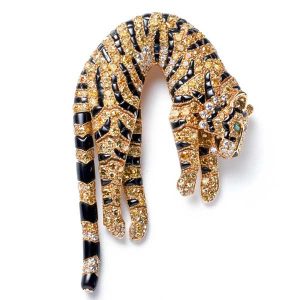 Tiger brooch in gold, diamonds, emeralds and onyx. © TheLife Picture Collection / Getty Images; N. Welsh, © Collection Cartier.
Tiger brooch in gold, diamonds, emeralds and onyx. © TheLife Picture Collection / Getty Images; N. Welsh, © Collection Cartier.
Described as a whimsical woman, Hutton liked to give in with gifts. One famous episode involved her father. In order to convince her to accompany him on a business trip to Europe, he promised her a jewel of her choice in exchange. It is said that once inside the Cartier boutique in New York City, Hutton asked to be surrounded by trays full of rubies which she scrupulously inspected, as an expert connoisseur of the material, finally choosing a ring mounted by the most beautiful ruby of the maison that cost her father 50 thousand dollars, ten times the amount budgeted for the gift. With her magical allure and presence, and the ability to intimidate whoever met her gaze, Hutton became a style icon for the salons of the period standing out for her profound knowledge in the field of gemology; it is said that she loved to spend time contemplating and studying her collection of precious stones preferring it to the company of friends or relatives. Barbara Hutton found in her jewelry a combination of stability and perfection which she was never able to find in the world of affection up until her death in 1979. Even today, her jewels continue to be contended by major auction houses in the world.
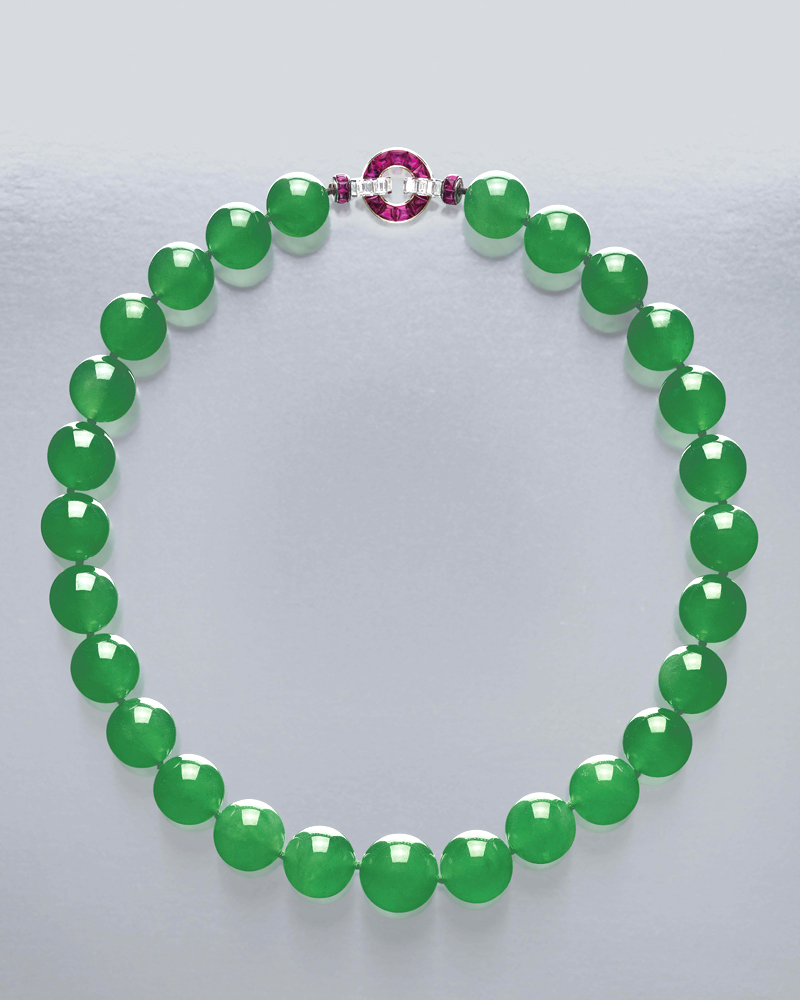 Cartier Collection.
Cartier Collection.
Above, the necklace known as "Hutton-Mdivani" made by Cartier in 1933. At Sotheby’s Hong Kong Magnificent Jewels and Jadeite Auction - in April - it sold for over 27 million dollars, establishing a double auction sale record, firstly for a jade jewel and secondly for one made by Cartier.
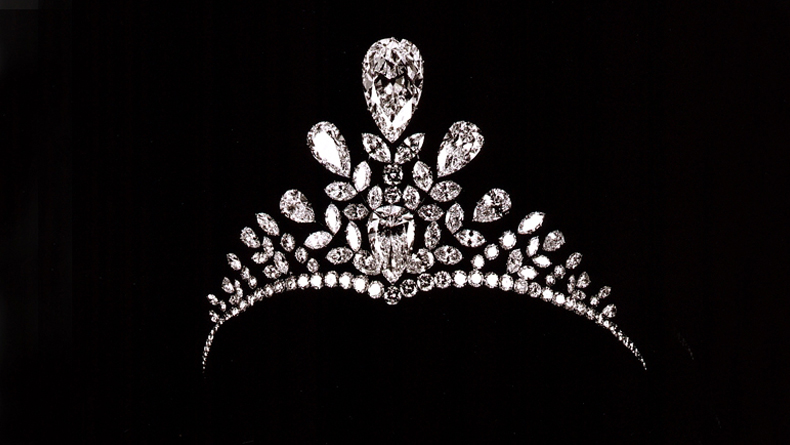 Van Cleef & Arpels.
Van Cleef & Arpels.
In 1967, Barbara Hutton commissioned Van Cleef & Arpels to design a new and unique head ornament. The company created an extraordinary tiara, which had as its central motif a 54.82 carat pear-shaped diamond, decorated with three sumptuous diamonds of 29.49, 10.95 and 10.67 carats combined with almost 80 carats of other diamonds. The combination of diamonds and platinum gave the impression of the stones floating above her head.


